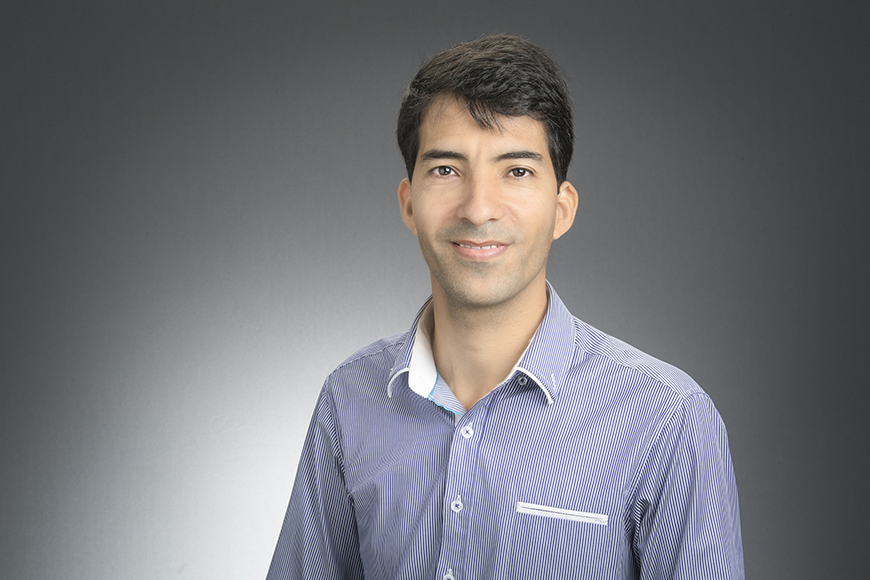Villanova Engineering Professor is Leading the Future of Wireless Networks

Assistant Professor of Electrical and Computer Engineering Mojtaba Vaezi, PhD, joined Villanova University in spring 2018, and has wasted no time making an impression. Having arrived with a new book to his credit—Multiple Access Techniques for 5G Wireless Networks and Beyond—Dr. Vaezi recently added to his list of accomplishments by serving as a keynote speaker and workshop organizer at the IEEE Globecom conference in December in Abu Dhabi, and receiving the 2018 IEEE Communications Letters Best Editor Award (out of nearly 100 associate editors). He also will lead and organize another workshop at the IEEE International Conference on Communications (ICC), in May 2019, in Shanghai.
ICC and Globecom are the IEEE Communications Society’s flagship conferences, and Dr. Vaezi points out that his participation is providing great visibility for the University. In fact, he most likely is the first Villanova professor to be a keynote speaker and workshop organizer in these events. “It is very competitive to have the opportunity to deliver a workshop at these conferences,” he says. This spring will be Dr. Vaezi’s fifth time presenting at ICC or Globecom, which is attributed to the success of his previous workshops.
Dr. Vaezi is an expert on techniques for fifth generation (5G) wireless networks and beyond, including non-orthogonal multiple access (NOMA). In fact, he and his former colleagues at Princeton University published the first book on the subject. Addressing “Common Myths and Critical Questions about NOMA” in his keynote speech at Globecom, Dr. Vaezi clarified certain NOMA falsehoods, posed critical questions that are important for its effective adoption and identified promising research directions in this field.
For those unfamiliar with the topic, Dr. Vaezi explains that, because the number of internet devices and users continues to grow exponentially (in large part due to smart homes and smart cities), innovative ways need to be found to accommodate as many users as possible in a limited frequency spectrum (a natural resource). He says, “These devices cannot use the same frequency without interfering with one another. It would be like filling a room with people who are all talking at once; we wouldn’t be able to hear or understand one another very well.” Today’s 4G network is based on one user per each wireless resource (“a chunk of spectrum, say”) and simply there is no additional resource for dividing and assigning frequencies in an orthogonal manner.
With NOMA, users share their bandwidth resources opportunistically according to their diverse channel conditions and their quality of service requirements. As a result, 5G and future radio networks should be able to support 1) massive connectivity and dramatically higher capacity; 2) diverse sets of users and applications with radically different requirements in terms of delay, bandwidth, etc.; and 3) flexible and efficient use of all available resources, such as spectrum and time.
Dr. Vaezi looks forward to 2020, when, “The 5G cellular networks will be available and will offer faster and faster connections for a higher number of devices.”
